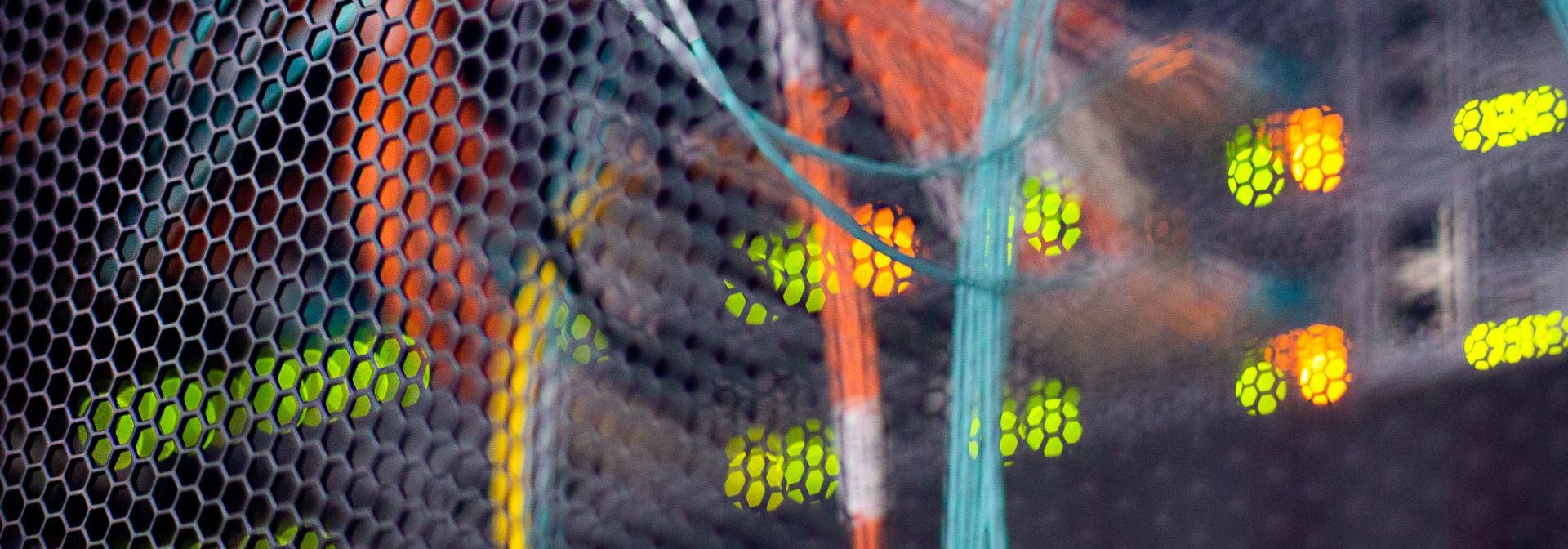
Broadcast television over DAA – Implementation insights
Big technological transitions are challenging. Undeniably, Distributed Access Architecture (DAA) rollouts are precisely this kind of transformation. In this blog we discuss what the challenges are from a broadcast delivery perspective and how they are solved while subscribers continue enjoying nonstop broadcast television services.
Most cable operators have had their broadcast television headends running for 10-15 years, and they will soon be obsolete. These existing video headends are usually not capable of coping with the transition to DAA. We see our customers planning deployment of RPD nodes but planning the inevitable headend upgrades should also be ongoing at the same time. The parallel planning would save a lot of time as the complexity of integrating video headend and DOCSIS equipment requires seamless co-operation between “Broadcast Departments” and “DOCSIS Departments”. Their collaboration is now more important than ever. To achieve this, mutual understanding of needs is needed, otherwise departments slow each other down and actions become misaligned.
Several integration projects have taught us not to call the implementation of video delivery over DAA projects easy.
Aligned but not combined
Combining the paths, rolling out DAA and upgrading video headends is not always necessary. As we see it, these two paths can be aligned but be kept separate. Broadcast equipment can be upgraded individually and made fully prepared for the full DAA rollout, regardless of the schedule and progress of the DAA rollout. Usually, the cable operators have traditional Edge QAM locations providing broadcast TV channels, often nationwide. Those Edge QAMs have been running for 10-15 years and they are now nearing obsoletion. For full DAA rollout to happen, this old hardware will need to be upgraded. And when this eventual upgrade takes place, it is vital that Edge QAM solutions are upgraded to contain a Video Core or at least a Video Engine having readiness to provide video content over DAA.
The role of adaptations
When all Edge QAM locations are upgraded, adaptations will start to play a crucial role. They ensure that the new technology can deliver the same high-quality broadcast and will support the legacy set-top boxes. We also need to take into consideration different conditional access systems that the operators are using. Also, there is a certain amount of TV channels that need to be multiplexed and encrypted. Quite often there are local channels forming different combinations that need to be multiplexed into different packages, and perhaps some channels need to be excluded from these packages.
From Edge QAMs to Video Engines
There are particular key features and functions Edge QAMs need to have to be prepared for unleashing the video delivery over DAA when the Remote PHY (RPD) or Remote MACPHY (RMD) nodes are taken into use. Video content must be encapsulated and tunneled with L2TP. Higher bandwidth is also required; 10 GB interfaces at a minimum are necessary for all locations. We also need to be ready to configure those RPD and RMD nodes to get content from Edge QAMs that are now transmitting video over IP/L2TP, transforming old Edge QAMs into new video engines while video core functionality in an Edge QAM or in a separate device provides configuration to nodes. As networks are not turning to DAA overnight, we should have hybrid functionality. In practice, capability to transmit traditional RF and L2TP encapsulated video at the same time is often mandatory. The final target is, of course, that all video traffic is transmitted over L2TP/IP to the RPD and RMD nodes, and IP to QAM conversion is performed by these remote nodes.
Broadcast in your pedigree
Several integration projects have taught us not to call the implementation of video delivery over DAA projects easy. However, the challenges can be overcome. Although OTT services have changed consumers’ behaviour, traditional broadcast will still have its place as a service that cable television operators can offer, unlike many of their rivals. In order to differentiate, the toolbox is never too full. To keep it full, keep your broadcast assets in good condition.
Click below to go through more implementation details on video! The presentation was held at ANGA COM 2021.
Julius Tikkanen
Julius Tikkanen
I’m currently heading Video Service Platforms business at Teleste. I joined the company in 2005 and have since had an outstanding position to follow how video processing solutions and consumer behavior have developed into where those are today. See my LinkedIn for more information.



